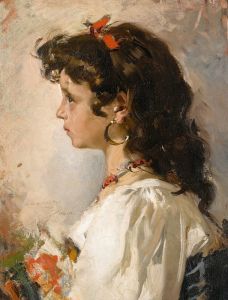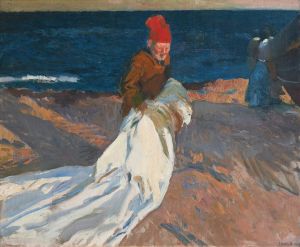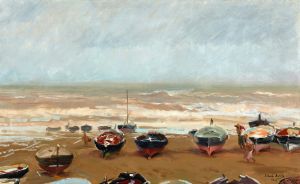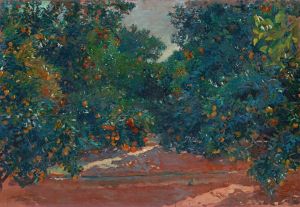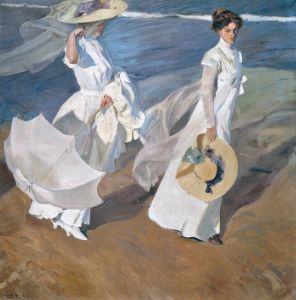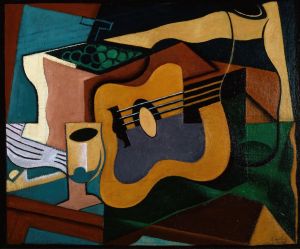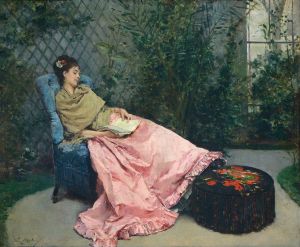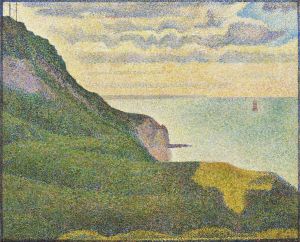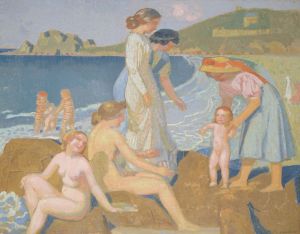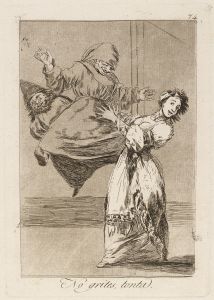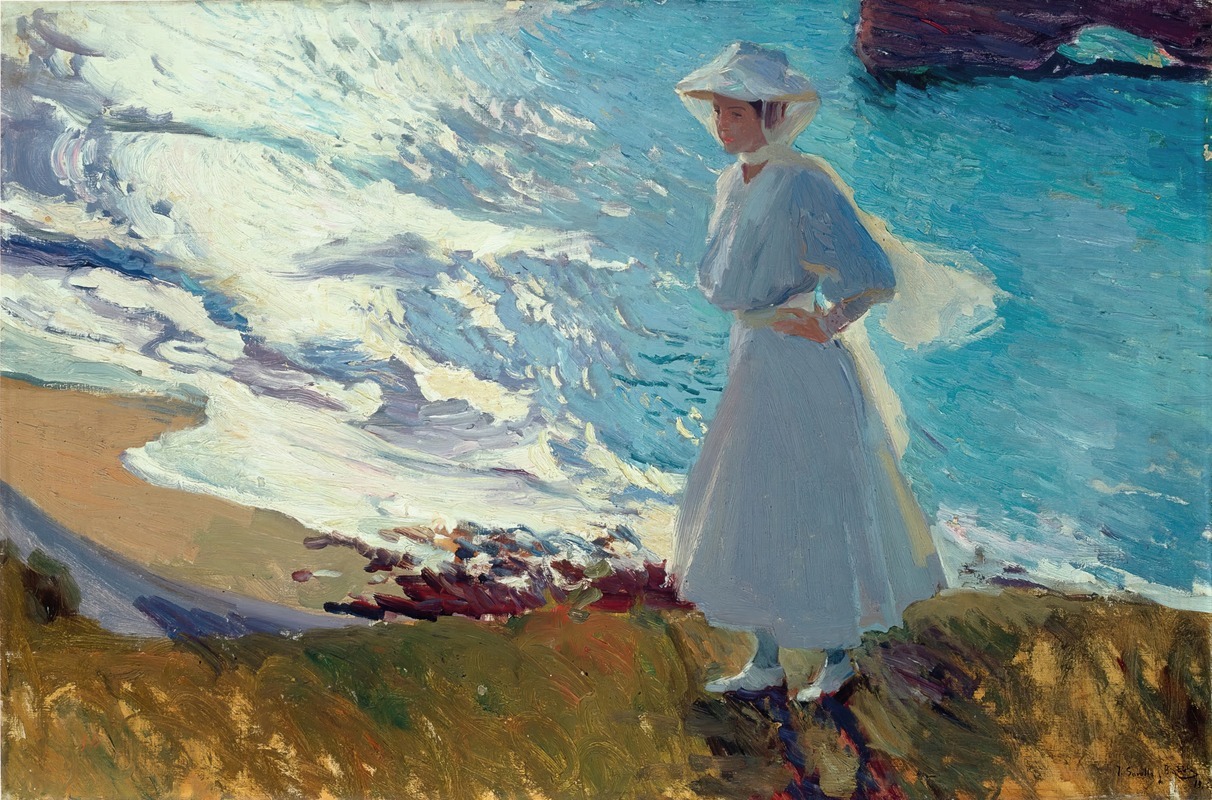
María on the Beach at Biarritz or Contre-jour
A hand-painted replica of Joaquín Sorolla’s masterpiece María on the Beach at Biarritz or Contre-jour, meticulously crafted by professional artists to capture the true essence of the original. Each piece is created with museum-quality canvas and rare mineral pigments, carefully painted by experienced artists with delicate brushstrokes and rich, layered colors to perfectly recreate the texture of the original artwork. Unlike machine-printed reproductions, this hand-painted version brings the painting to life, infused with the artist’s emotions and skill in every stroke. Whether for personal collection or home decoration, it instantly elevates the artistic atmosphere of any space.
Joaquín Sorolla, a prominent Spanish painter known for his exceptional ability to capture light, painted "María on the Beach at Biarritz" or "Contre-jour" in 1906. Sorolla, born in Valencia in 1863, was a leading figure in the Impressionist movement in Spain, and his works are celebrated for their vibrant color and dynamic compositions. His paintings often depict scenes of everyday life, landscapes, and portraits, with a particular emphasis on the effects of sunlight.
"María on the Beach at Biarritz" is a testament to Sorolla's mastery of light and his ability to convey the atmosphere of a scene. The painting features Sorolla's daughter, María, on a beach in Biarritz, a popular seaside resort in France. This location was known for its picturesque landscapes and became a favored destination for Sorolla and his family. The painting captures María in a moment of leisure, a common theme in Sorolla's work, reflecting the artist's interest in portraying the serene and joyful aspects of life.
The term "contre-jour" refers to a technique in painting and photography where the subject is backlit, creating a silhouette effect. In this painting, Sorolla expertly uses this technique to highlight the play of light and shadow, a hallmark of his style. The sunlight creates a halo effect around María, emphasizing her form against the bright backdrop of the beach and sea. This approach not only showcases Sorolla's technical skill but also imbues the scene with a sense of warmth and tranquility.
Sorolla's use of color in "María on the Beach at Biarritz" is particularly noteworthy. He employs a palette of soft, luminous hues to capture the shimmering quality of sunlight on the sand and water. The delicate interplay of light and color creates a vibrant, almost ethereal atmosphere, drawing the viewer into the scene. Sorolla's brushwork is loose and fluid, allowing him to convey the movement of the waves and the gentle breeze, further enhancing the painting's sense of immediacy and life.
This painting is part of Sorolla's broader body of work that explores themes of leisure and the beauty of the natural world. His ability to depict the effects of light with such precision and sensitivity has earned him comparisons to other great Impressionist painters, such as Claude Monet. However, Sorolla's unique approach and his focus on Spanish subjects set him apart, making his contributions to the art world distinct and significant.
"María on the Beach at Biarritz" exemplifies Sorolla's artistic vision and his dedication to capturing the fleeting moments of beauty in everyday life. The painting remains a celebrated example of his work and continues to be admired for its technical brilliance and emotional depth. Sorolla's legacy as a master of light and color endures, and his paintings continue to inspire and captivate audiences around the world.







